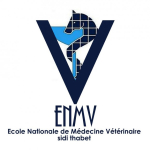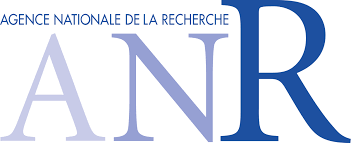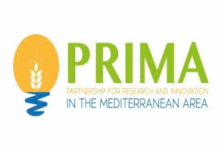ABOUT US
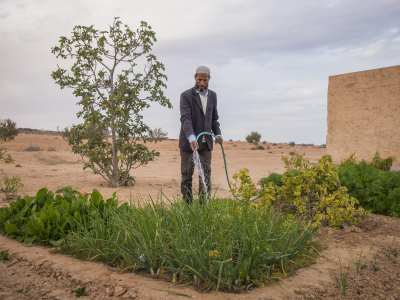
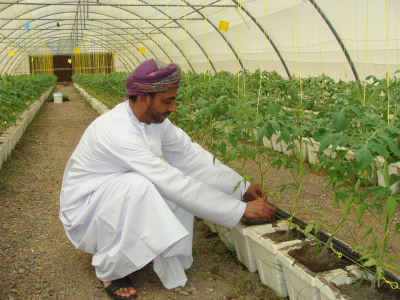
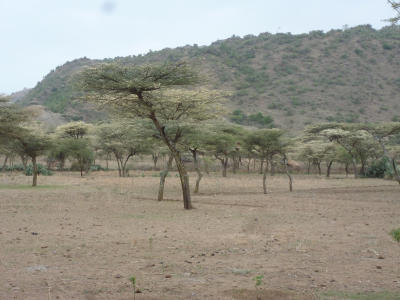
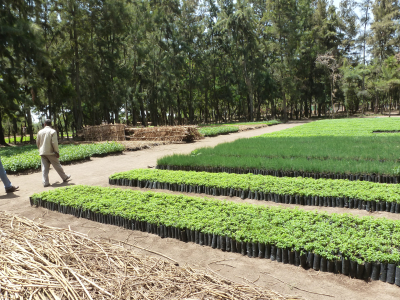
The traditional epidemiological triad model holds that clinical infectious diseases result from the interaction of the pathogen, the host and the environment. The initial impact in the 1980s of rabbit hemorrhagic disease (RHD) on wild and domestic rabbits slowly abated over time in rabbitries as a consequence of the use of efficient vaccination campaigns and other control measures. However, in 2010, a new genotype named RHDV2 or RHDVb, and more recently GI.2, emerged in France with an unknown origin, but linked to the European (Mediterranean) area. This new genotype, which possibly represents a new serotype, was detected both in wild and farm animals, including rabbits vaccinated against RHDV GI.1 (former G1-G6) or naturally immunised, and showed the relevant impact of this disease, particularly on the fragile equilibrium of the Mediterranean ecosystem. Indeed, RHD is still one of the most (if not the most) devastating diseases of rabbits, with high mortality rates occurring within a few days and with an outstanding ability of transmission at long distance.







